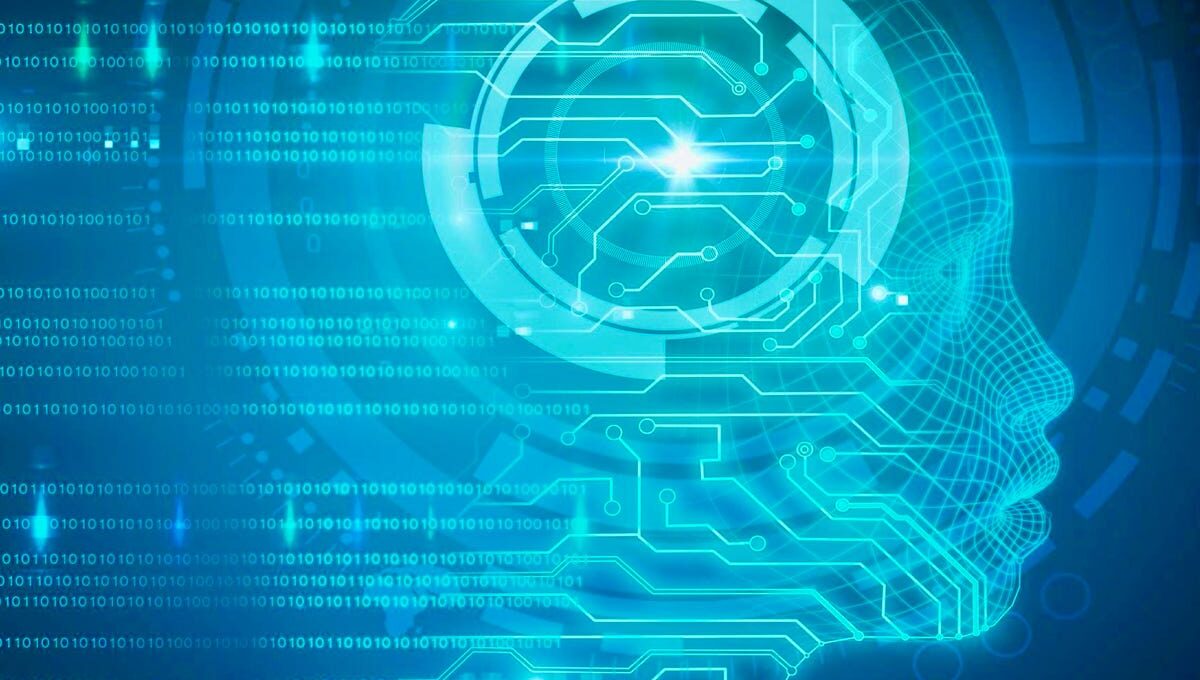Neurotechnology refers to the use of technology to study and manipulate the brain and nervous system. It encompasses a wide range of fields, including neuroscience, engineering, computer science, and medicine. Neurotechnology is being used to better understand the brain and its functions, as well as to develop new treatments for neurological disorders and injuries.
Some examples of neurotechnology include brain imaging techniques like MRI and PET scans, which allow researchers to visualize the structure and activity of the brain. Other neurotechnologies include brain-computer interfaces (BCIs), which enable direct communication between the brain and a computer or other external device, and deep brain stimulation (DBS), which uses electrical stimulation to treat conditions like Parkinson’s disease and depression.
Neurotechnology is a rapidly advancing field, with new developments and applications emerging all the time. It has the potential to revolutionize our understanding of the brain and our ability to treat neurological disorders and injuries. However, it also raises ethical and social concerns, such as issues around privacy, informed consent, and access to these technologies.
Advance treatment in Neurotechnology
Neurotechnology is a rapidly advancing field that involves the use of technology to interact with the brain and nervous system. There are several advances in neurotechnology that hold promise for treating a wide range of neurological conditions, including:
- Brain-Computer Interfaces (BCIs): BCIs are devices that allow direct communication between the brain and a computer. This technology has the potential to help individuals with paralysis or other disabilities to control prosthetic limbs or other devices using their thoughts.
- Deep Brain Stimulation (DBS): DBS involves implanting electrodes in specific areas of the brain to regulate abnormal activity. This technology is currently used to treat Parkinson’s disease, essential tremor, and dystonia, and is being investigated for use in other conditions such as epilepsy and depression.
- Transcranial Magnetic Stimulation (TMS): TMS uses magnetic fields to stimulate nerve cells in the brain. It is a non-invasive procedure that has been shown to be effective in treating depression and other mood disorders.
- Neurofeedback: Neurofeedback is a type of biofeedback that uses real-time displays of brain activity to train individuals to regulate their brain function. This technology is being used to treat a range of conditions, including ADHD, anxiety, and chronic pain.
- Optogenetics: Optogenetics is a technique that uses light to control the activity of genetically modified cells in the brain. This technology is being used to study the brain’s circuitry and could eventually lead to new treatments for neurological conditions.
Overall, these advances in neurotechnology hold great promise for improving the treatment of neurological conditions and improving the quality of life for individuals with these conditions.
